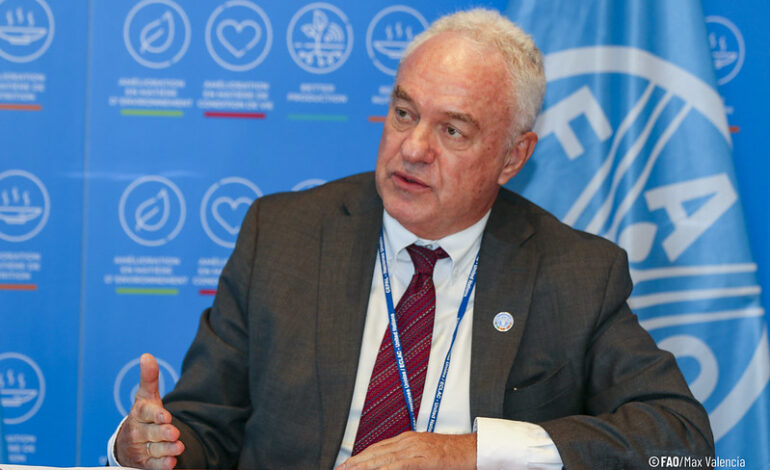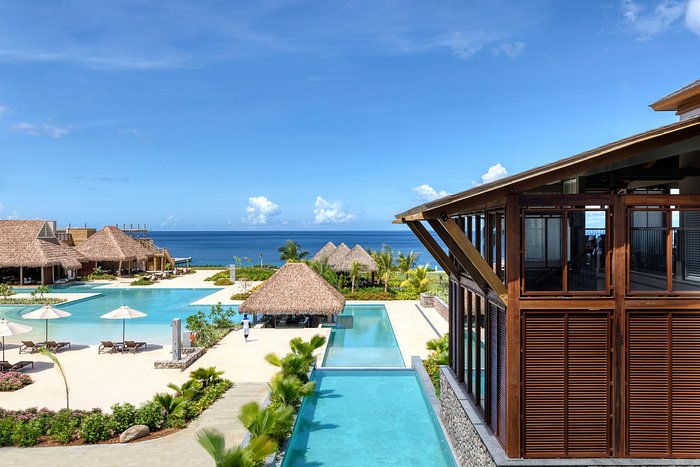
By Mario Lubetkin, FAO Regional Representative for Latin America and the Caribbean
In the context of Indigenous Peoples’ Day, it is imperative to reflect on the confluence between environmental preservation, the emergence of the bioeconomy, and the intrinsic rights of Amazonian indigenous peoples and rural communities.
This vast green lung, which covers 6 million km2 and embraces nine nations, is considered one of the most biologically diverse areas on the planet. About 10% of all plant species are found in this region, including more than two thousand species of fish, 14,000 species of plants, and about 1.5 million species of fungi.
However, the Amazon is facing unprecedented threats. Projections suggest alarming deforestation by 2030, with economic and ecological impacts that could translate into more than US$230 billion in losses, according to the IDB.
This problem is global. Antonio Guterres, Secretary General of the United Nations, stated that the era of global boiling has arrived. This alarming statement was issued after scientists indicated that July 2023 was on track to become the hottest month ever recorded in the world. And the fact is that, by any scientific calculation, the possibility of stopping the global temperature rise to 1.5ºC (above pre-industrial levels) requires a healthy Amazon rainforest.
Amid this complex panorama, a glimmer of hope emerges. The Amazon’s indigenous peoples and rural communities are rooted in their deep ancestral knowledge. They hold the key to a sustainable and sustainable transformation in a symbiotic relationship with the forest.
The indigenous peoples and rural communities of the Amazon live in regions of vast biodiversity and preserve ancestral knowledge essential for protecting and revitalizing the Amazon biome. In addition, they possess a crucial productive capacity that ensures food and nutrition for a growing urban population. However, despite their invaluable contributions, they face significant challenges like poverty, violence, unemployment, and hunger.
Approximately 45% of the Amazon basin’s intact forests are in indigenous communities’ hands. Furthermore, between 2003 and 2016, vegetation in indigenous territories in the Amazon basin sequestered about 90% of the carbon emitted from deforestation and forest degradation in those same territories. This means that these territories have significantly contributed to reducing net carbon emissions while preserving the Amazon rainforest.
To bring a renewed Amazon bioeconomy to life is crucial to honor the rights of indigenous peoples, Afro-descendant communities, women, youth, and family farmers. Despite their differences, they all share a common goal: preserving the Amazon.
The consolidation of an equitable and collaborative Amazonian bioeconomy requires the implementation of policies that divert investments from actions harmful to the forests, the strengthening of cooperation among Amazonian nations, a detailed understanding of the interactions between rural and urban areas, and the creation of solid platforms that integrate ancestral knowledge with the latest scientific and technological advances.
The role of indigenous peoples and rural communities in this bioeconomic metamorphosis is irreplaceable. They are the ones who not only guard the forest but also decipher and harness its resources with a sustainable perspective, crucial for global food security and agri-food systems that promote better nutrition, a better environment, better production, and a better life, leaving no one behind.
Protecting the Amazon and enacting an inclusive bioeconomy transcends borders. It is a universal call. On this Indigenous Peoples’ Day, let us reaffirm our commitment to Indigenous peoples and Amazonian rural communities in their aspiration for an equitable and resilient future.








